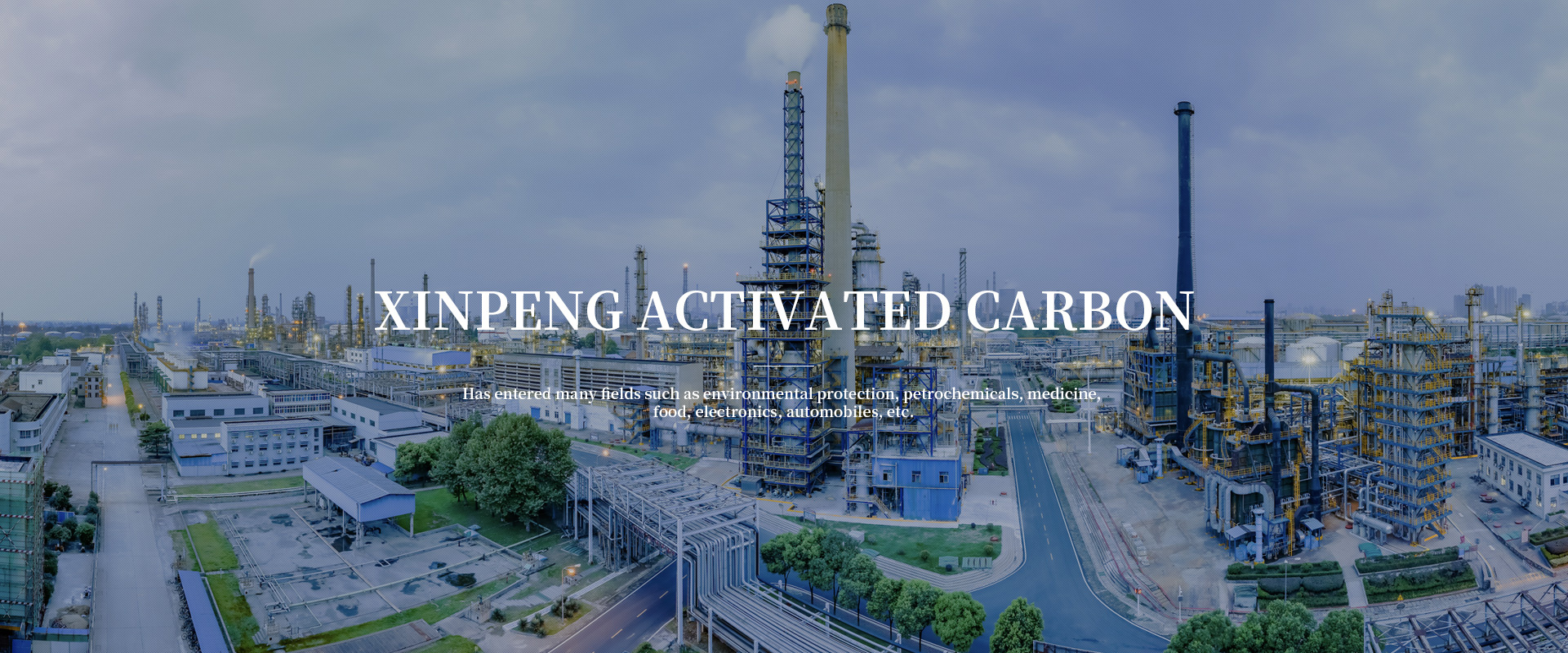

JILIN BRIGHT FUTURE CHEMICALS COMPANY LTD.
Xinpeng Company was founded in 1995. It is a professional enterprise engaged in the production, sales, application and research and development of activated carbon. After years of sustained and stable development, Xinpeng has enjoyed a high reputation at home and abroad. The products have developed from a single water-purifying coal-based charcoal in the past to multiple categories and specifications, and are exported

NEWS








Address:No. 99 Yan'an Street, Changchun City, Jilin Province, China
Tel:0086-431-85684446 85680104 13843084168
Fax:0086-431-85681824
Postal code:130021
E-mail:weixin@activatedcarbon.cn

Copyright: Jilin Bright Future Chemicals Company Ltd.